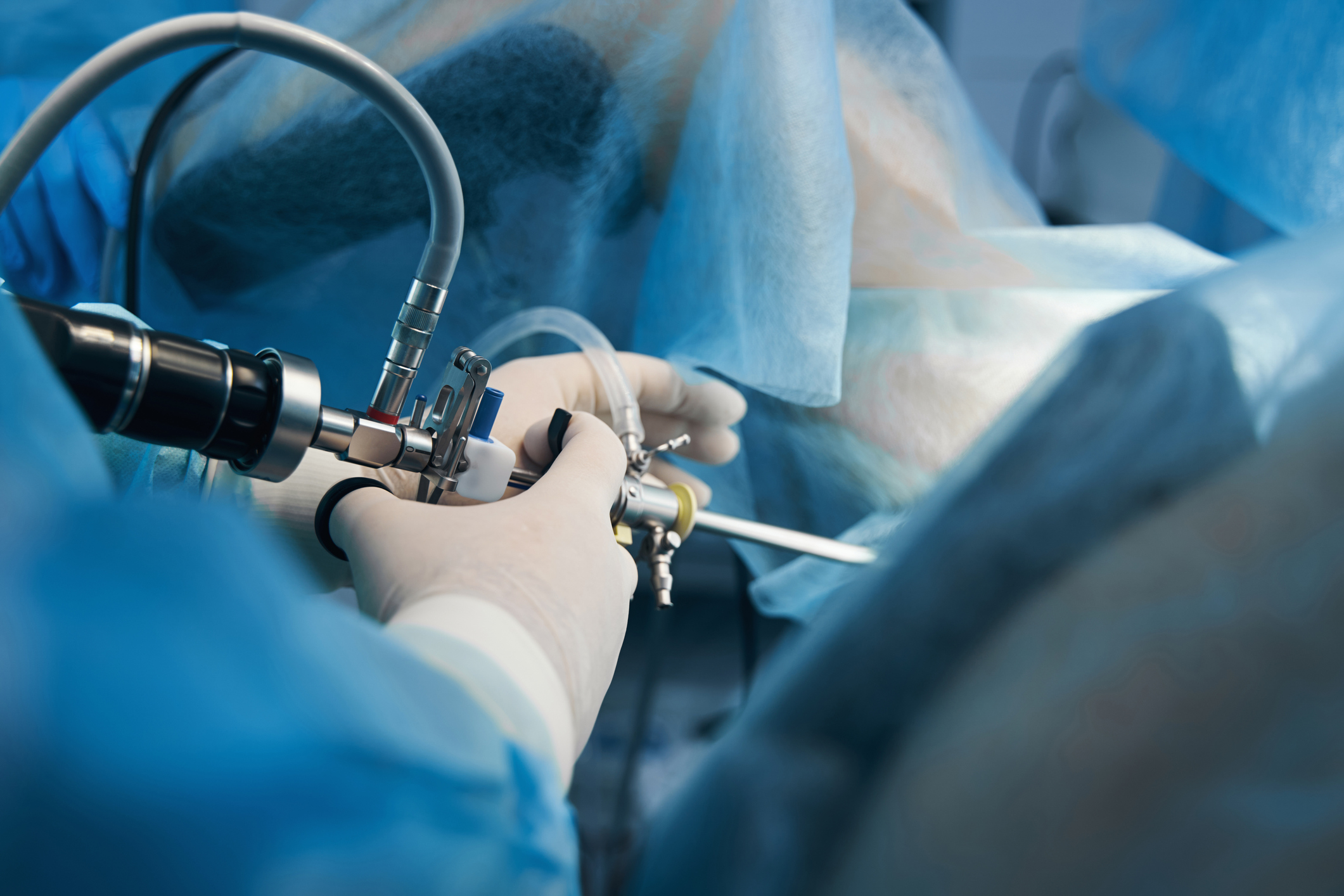When is Arthroscopic Surgery an Option?
- Category: Health Awareness, Orthopedics
- Posted On:

When it comes to treating certain joint conditions, arthroscopic surgery has emerged as a minimally invasive and effective option. This surgical technique utilizes a small camera called an arthroscope to visualize and treat various joint issues.
In this piece, the Frances Mahon Deaconess Hospital team will explore the situations where arthroscopic surgery becomes a viable option — discussing its benefits, potential risks, and why it may be the best choice for certain conditions.
Understanding Arthroscopic Surgery
Arthroscopic surgery is a minimally invasive procedure that allows surgeons to diagnose and treat joint problems using small incisions and specialized instruments. During the surgery, the arthroscope, a thin tube with a camera attached to it, is inserted into the joint, providing a clear view of the internal structures on a monitor. This real-time visualization enables surgeons to accurately assess and address the specific issue.
When is Arthroscopic Surgery Considered?
Arthroscopic surgery is often recommended for the following joint conditions:
- Meniscal Tears: When the cartilage in the knee, known as the meniscus, is torn, arthroscopic surgery can be used to repair or remove the damaged portion. This procedure helps alleviate pain, restore joint function, and prevent further damage.
- Ligament Injuries: Tears or instability in the ligaments of the knee, such as the anterior cruciate ligament (ACL), may require arthroscopic surgery for reconstruction or repair. This procedure helps restore stability and function to the joint.
- Loose Bodies: Floating bone or cartilage fragments within a joint can cause pain, locking, or restricted movement. Arthroscopic surgery can remove these loose bodies, relieving symptoms and improving joint mobility.
- Synovitis: Inflammation of the joint lining, known as synovitis, can be addressed through arthroscopic surgery. The procedure involves removing the inflamed synovial tissue, reducing pain and improving joint function.
Benefits and Risks of Arthroscopic Surgery
Arthroscopic surgery offers several advantages over traditional open surgery, including:
- Minimally Invasive: The procedure requires small incisions, resulting in less trauma to surrounding tissues and minimal scarring.
- Accurate Diagnosis: The arthroscope provides a clear view of the joint, allowing for precise diagnosis and targeted treatment.
- Faster Recovery: Due to the minimally invasive nature of the procedure, patients typically experience shorter hospital stays, less postoperative pain, and quicker return to daily activities.
However, like any surgical procedure, arthroscopic surgery carries potential risks, such as infection, bleeding, nerve or blood vessel damage, or adverse reactions to anesthesia. It is essential to discuss the risks and benefits with your healthcare provider before making a decision.
Arthroscopic Surgery in Glasgow, MT
Arthroscopic surgery has revolutionized the treatment of various joint conditions, offering patients a minimally invasive approach with significant benefits.
Trust in the expertise of your healthcare team to guide you toward the best treatment options for your joint health. Speak to the team at Frances Mahon Deaconess Hospital today to discover if arthroscopic surgery is right for you.


